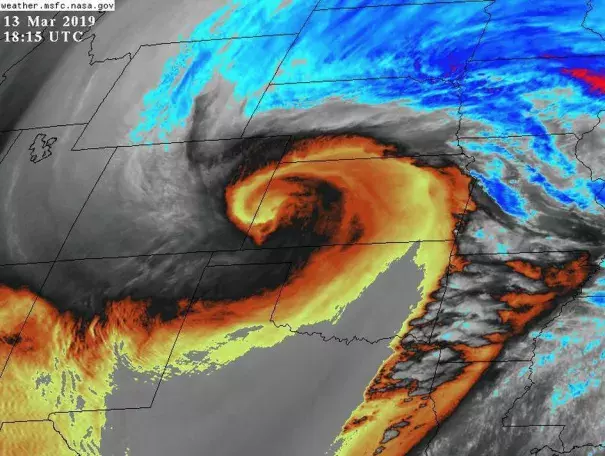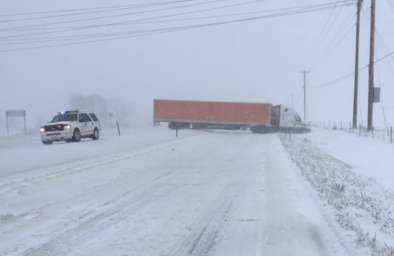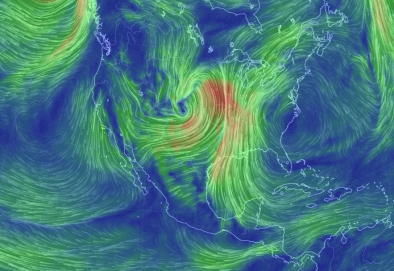No, The Bomb Cyclone Is Not An Inland Hurricane - Here's How They Differ

The current storm is a good teachable moment about the difference between a hurricane and a mid-latitude cyclone. I will start with the mid-latitude cyclone, which is also referred to as an extratropical cyclone, baroclinic low, or low pressure system. NOAA's website has a workable definition that I will build upon:
A mid-latitude cyclone is a synoptic (large-scale) low pressure system that forms along weather fronts in Earth's mid-latitudes (usually between 30° and 60° latitude from the equator). In the continental U.S., these storms most often occur from late fall to early spring when the temperature contrast between warm and cold air masses is greatest. During winter, strong low pressure systems can produce a wide variety of weather impacts, including heavy snow, sleet, rain, and coastal flooding...As temperatures warm and summer arrives, mid-latitude cyclones become much less common over the continental U.S.
The primary energy driving a mid-latitude cyclone is the presence of contrasting air masses. The boundaries of such air masses are called fronts and indicate that such counterclockwise-rotating (in the Northern Hemisphere) storms are baroclinic systems. Mid-latitude cyclones tend to be more expansive systems and can last several days. They form through a complex set of processes involving convergence of low-level air and divergence of upper-level air.
...
Hurricanes like mid-latitude cyclones in the Northern Hemisphere have a counterclockwise circulation and the lowest pressure is typically found in the center of the storm. Unlike mid-latitude cyclones, hurricanes (also Typhoons and Indian Ocean Cyclones) derive energy from water vapor evaporating from warm ocean waters. There are no sharp differences in air masses of hurricane formation regions (a barotropic environment) and the storm has a warm core above the center.
...
Meteorologist Ryan Maue's tweet captures this current storm best from a qualitative standpoint tying this article together:
I have a sense that some have underestimated the power of this #BombCyclone..It's like 1,000 mile wide hurricane was plopped in the middle of the Central Plains but it is snow.
The point being made is that the storm impacts are what matters irrespective of what we call it.
Related Content




